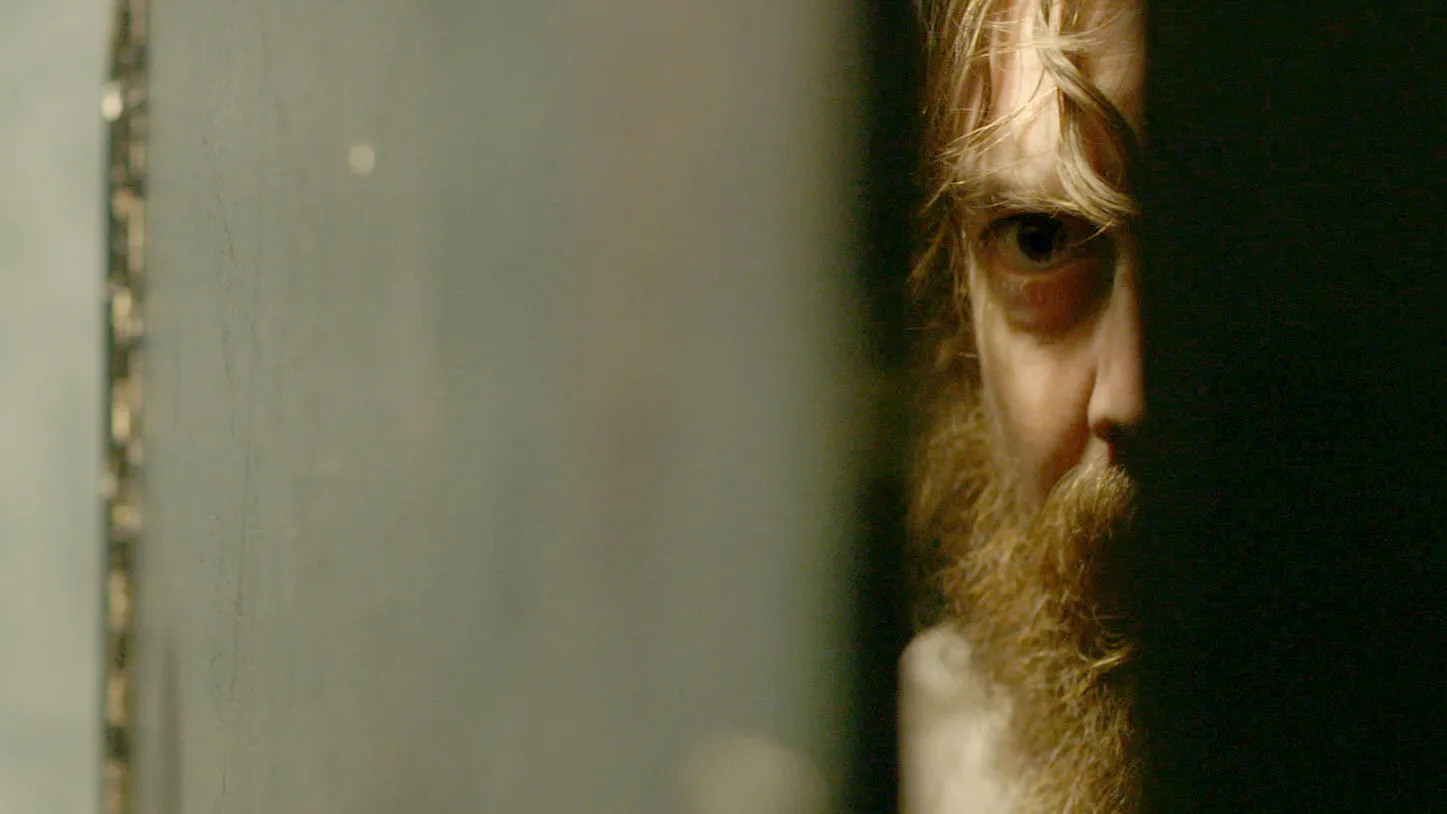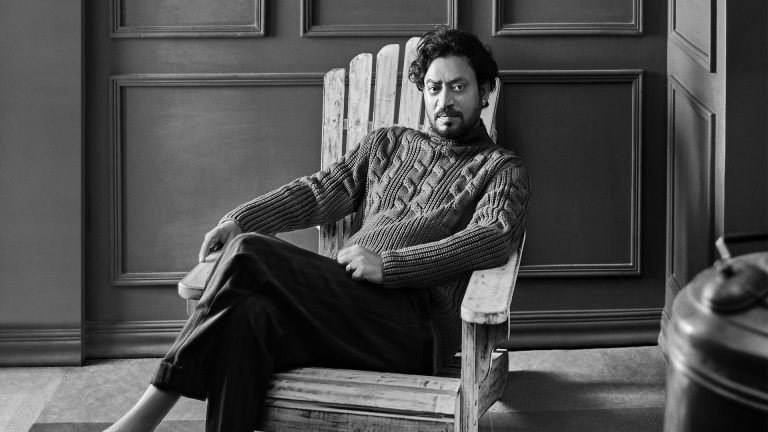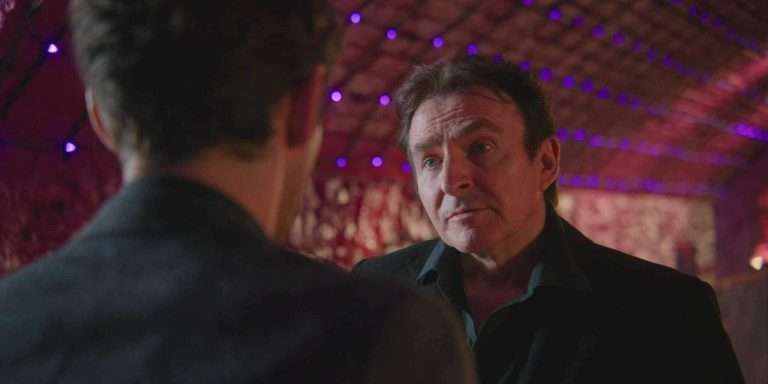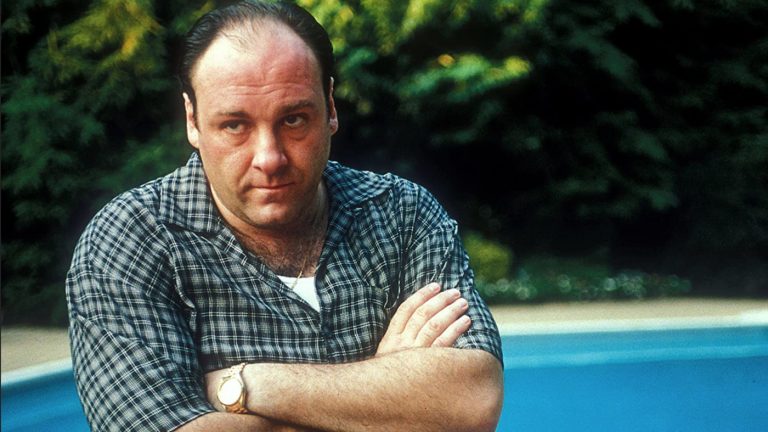If you’ve recently watched Netflix’s Rebel Ridge, directed by Jeremy Saulnier, and found yourself captivated by its intense action, dark tone, and social commentary, you’re in for a treat. Saulnier is no stranger to crafting gripping narratives full of suspense, and his 2013 crime thriller Blue Ruin is a must-watch if you want more of the director’s signature style. Below, we’ll explore what makes Blue Ruin such a standout film and why fans of Rebel Ridge will appreciate it.
A Gripping Tale of Vengeance
In Rebel Ridge, Saulnier blends themes of violence and systemic corruption into an action-packed thriller. Similarly, Blue Ruin revolves around the story of revenge, but it takes a more intimate and personal approach. The film follows Dwight, a drifter whose life takes a dark turn after he discovers that the man responsible for murdering his parents is being released from prison.
Blue Ruin isn’t your typical revenge flick. Instead of focusing on high-octane action scenes, it presents a raw, realistic portrayal of a man thrust into a situation beyond his control. Dwight is not a trained assassin or a skilled fighter, which makes his journey of vengeance all the more compelling. His vulnerability and the emotional weight behind his actions lend a unique authenticity to the story.
Blue Ruin is a Masterclass in Tension Building
Much like Rebel Ridge, now streaming on Netflix Blue Ruin is masterful at building suspense. Saulnier’s direction shines in the film’s quiet moments, allowing tension to simmer before erupting into brutal violence. The movie thrives on its minimalist approach—there’s little dialogue, and much of the story is conveyed through Dwight’s actions and expressions.
For fans of Rebel Ridge, where the tension steadily builds before reaching its explosive moments, Blue Ruin offers a similarly tight grip on the viewer. Saulnier’s ability to make every moment count ensures that even when the film slows down, it never loses its edge.

A Brooding Atmosphere
One of Saulnier’s greatest strengths as a filmmaker is his ability to create a haunting atmosphere, which is evident in both Netflix’s Rebel Ridge and Blue Ruin. In the latter, the desolate landscapes and muted color palette reflect the protagonist’s internal struggle and loneliness. The film’s cinematography, handled by Saulnier himself, is exceptional at setting the mood. Whether it’s the wide, empty roads or the cramped, dimly lit rooms, the visuals in Blue Ruin add layers of unease to the unfolding drama.
If you were drawn to the gritty and atmospheric feel of Rebel Ridge, Blue Ruin delivers the same mood but with an even more somber tone. The slow-burn pacing may require patience, but the payoff is worth it.
Character-Driven Storytelling
While Rebel Ridge leans more into its plot-driven narrative, with action sequences taking center stage, Blue Ruin is deeply character-focused. At its core, it’s a story about how violence and trauma impact an ordinary man. Dwight’s journey is not just about seeking revenge but also about confronting his own demons and the consequences of his actions.
For viewers who appreciated the human element in Rebel Ridge, Blue Ruin offers an emotionally charged exploration of guilt, grief, and the complexities of vengeance. Macon Blair, who plays Dwight, gives a standout performance that is subtle yet powerful, making the character’s plight both sympathetic and unsettling.
Themes of Retribution and Consequences
Both Rebel Ridge and Blue Ruin delve into the theme of retribution, but Blue Ruin takes a more philosophical approach to the concept. As Dwight embarks on his quest for revenge, the film raises questions about the cost of violence. Does revenge ever truly bring closure? What happens when an ordinary person is pushed to their breaking point?
While Rebel Ridge touches on broader societal issues, Blue Ruin focuses on the personal ramifications of vengeance. The emotional and moral dilemmas faced by Dwight provide a thought-provoking counterpoint to the physical action that drives the plot. It’s a film that stays with you long after the credits roll, much like Rebel Ridge.
The Roots of Saulnier’s Gritty Filmmaking
If Rebel Ridge on Netflix was your introduction to Jeremy Saulnier’s work, Blue Ruin is essential viewing to understand the roots of his gritty, suspenseful filmmaking style. The 2013 film encapsulates many of the themes and techniques that make Saulnier a distinctive voice in modern cinema: the balance between violence and emotion, the slow-burn tension, and the atmospheric storytelling.
So, if you’re craving more from this talented director, give Blue Ruin a watch. You’ll find a raw, intense crime thriller that is as emotionally charged as it is brutal, offering a deeper look into the mastery that Saulnier brings to the screen.






